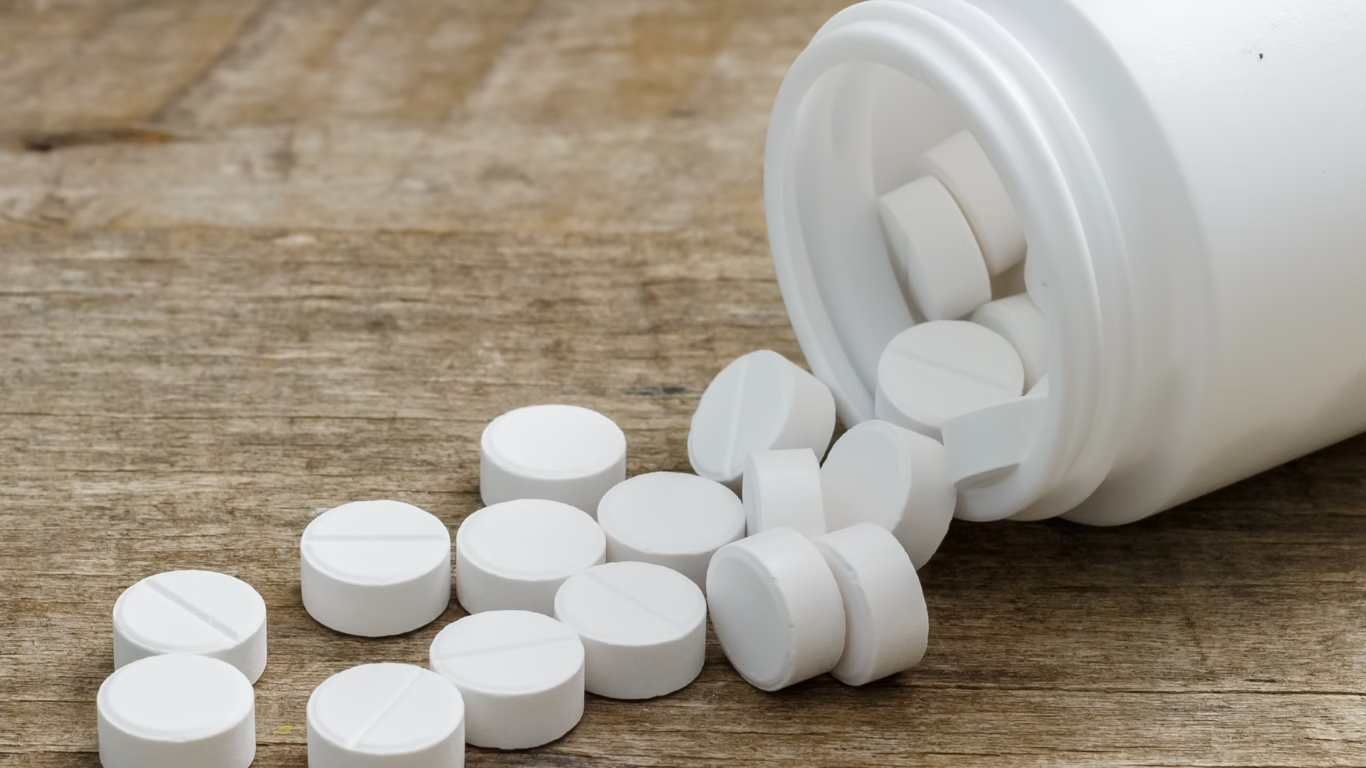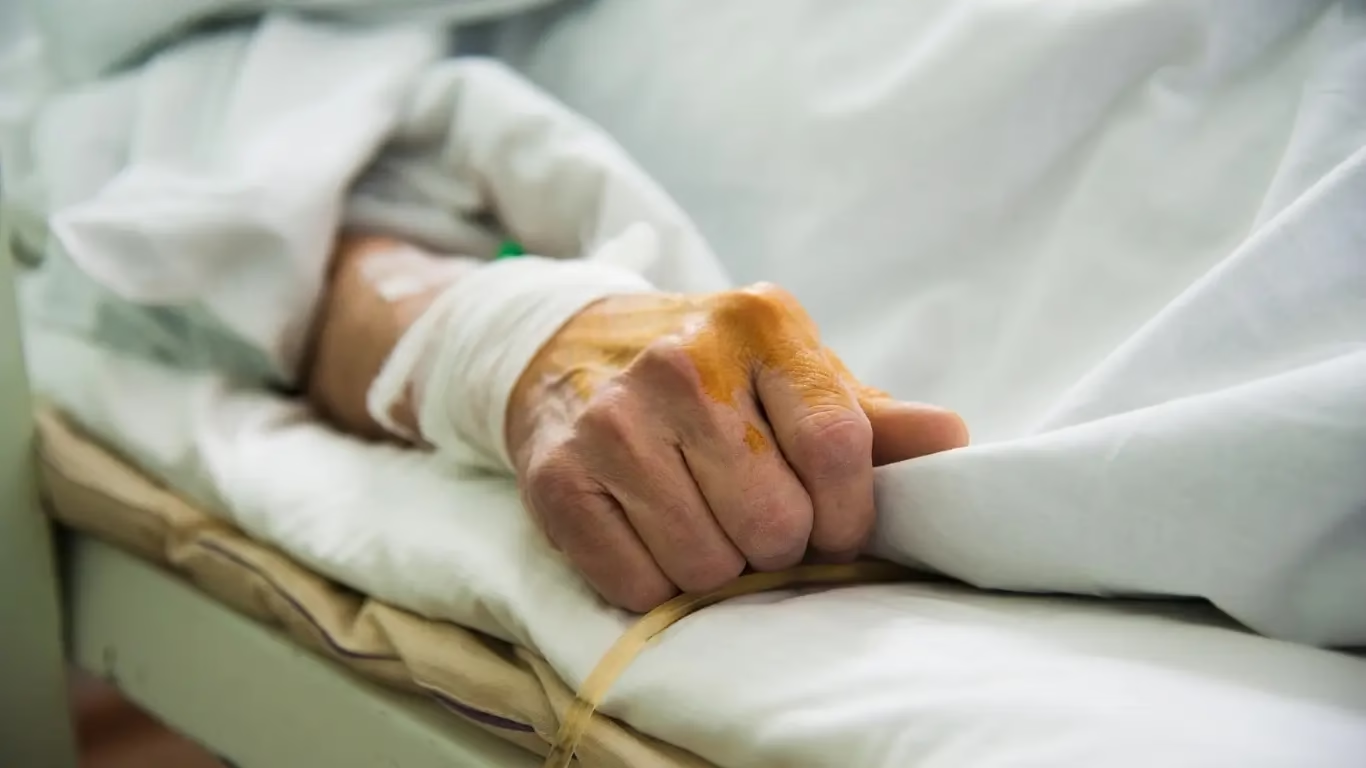Overweight and obesity are becoming more and more common in India, affecting not only adults but also youngsters. The regional impact is highlighted by the fact that nearly half of all children under five who were overweight or living with obesity in 2024 lived in Asia, according to the World Health Organisation (WHO).India is having nearly 24% of adult population who are overweight/ obese and this rate has seen a huge jump in urban middle-income groups.
Pharmaceutical giants have recognized India Globally with a huge market potential therefore launching advanced anti-obesity drugs in India. Mounjaro, a once-unimaginable drug that costs ₹15,000 per month, is becoming increasingly popular. This indicates a change in mindset as well as an increase in income, with people placing a higher priority on lifestyle and preventive healthcare.
Indian pharmaceutical companies like Dr. Reddy’s, Sun Pharma, Cipla, Biocon, and Lupin are actively developing their own generic versions of Wegovy, with the goal of entering the market as early as 2026 once key patents expire. Meanwhile, multinational pharmaceutical giants like Novo Nordisk have recently launched Wegovy, intensifying competition with Eli Lilly’s Mounjaro, which debuted earlier this year.
India stands at the epicenter of the global obesity drug race. With Lilly and Novo racing to capture market share and Indian generics preparing to surge in this scenario, the country is redesigning both accessibility and manufacturing of transformative weight loss drugs.
The Indian government is actively supporting domestic pharmaceutical manufacturing through its Production-Linked Incentive (PLI) scheme and is intended to position India not just as a domestic supplier but also as a major global exporter of affordable generic anti- obesity medications.




